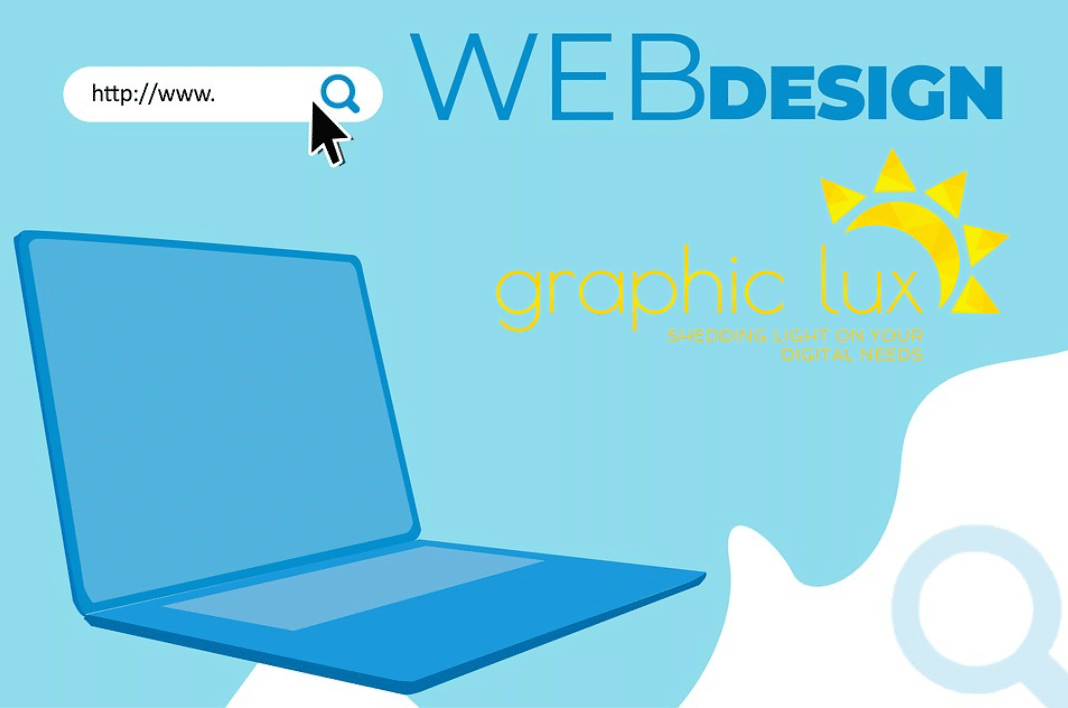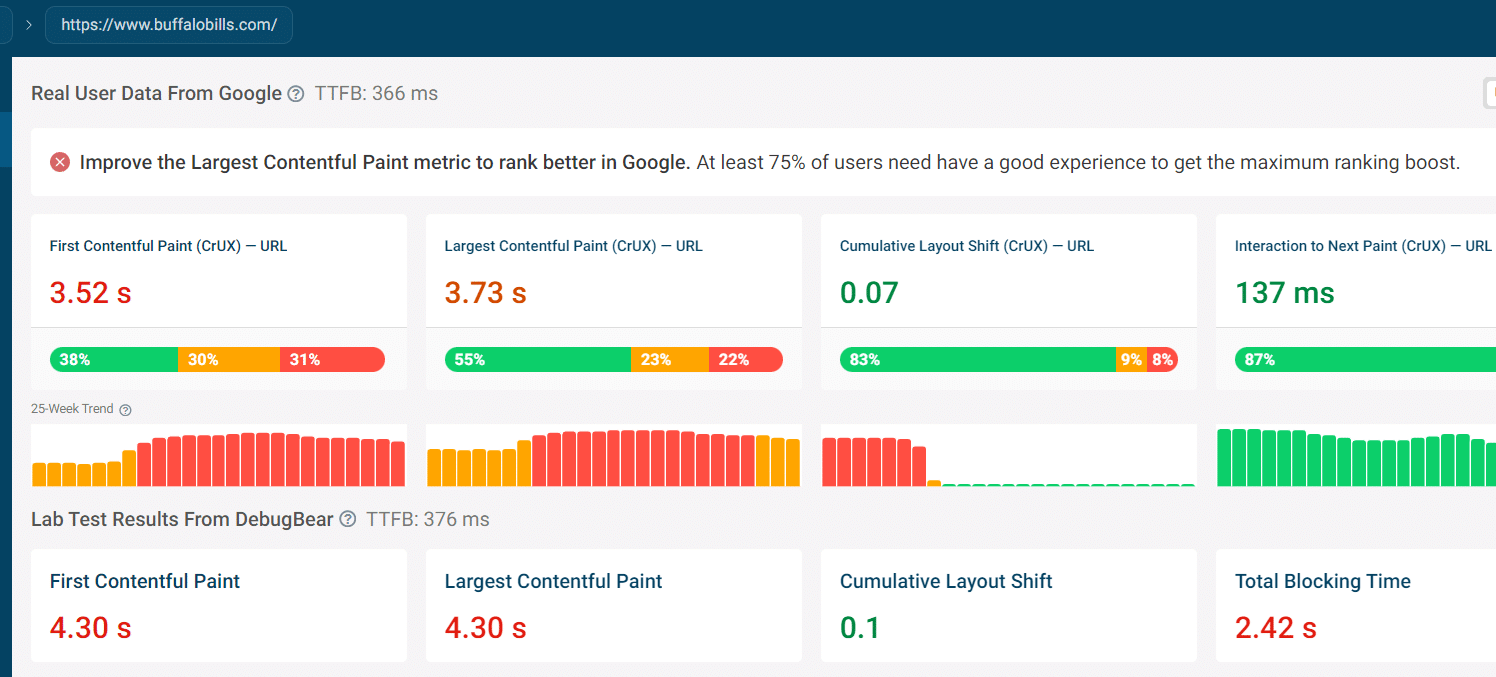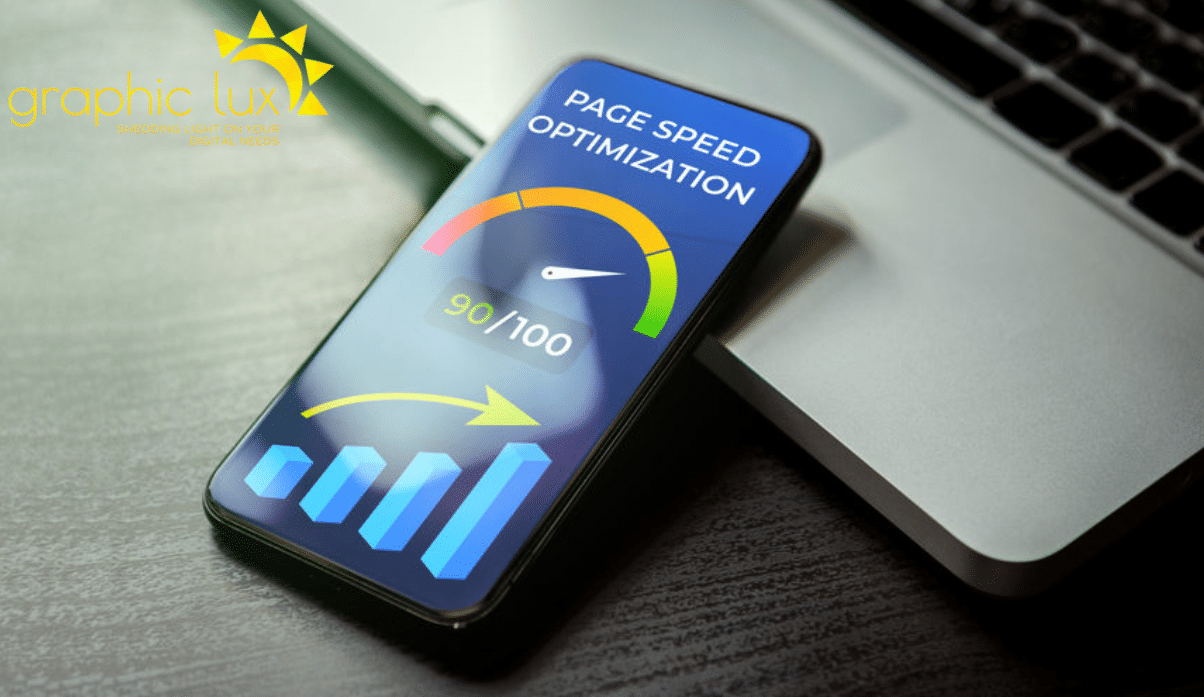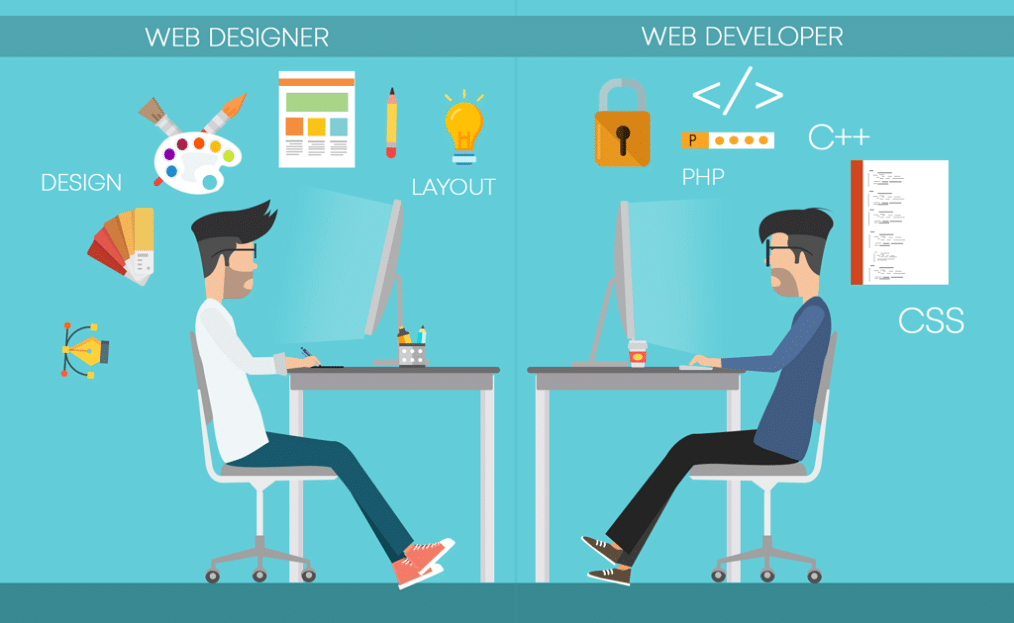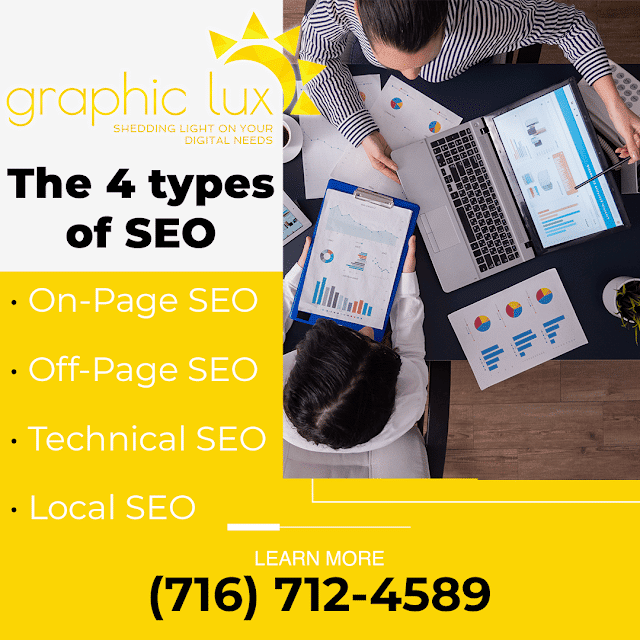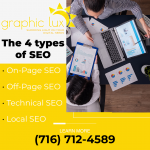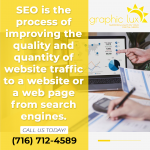Most businesses do not set out to choose the wrong website design partner. What usually happens is that they focus on how the site will look on launch day, rather than how it will function six months or two years later. This matters in 2026 because nearly 80 percent of website redesigns underperform or fail when too much emphasis is placed on aesthetics and not enough on functionality, user experience, or long-term performance. This trend leads to lower traffic and lost business opportunities.
Your website touches nearly every part of your business. It supports search visibility, lead generation, brand credibility, and customer trust. That is why choosing website design and maintenance services should be a long-term decision, not a short-term one. For WordPress users especially, the right partner can save time, money, and frustration down the road. Here are 5 key considerations to keep in mind when choosing website design and maintenance in 2026:
1. Design Starts With Performance
The first thing many businesses notice about a website is how it looks. The first thing users notice is how fast it loads. Speed and usability now shape first impressions just as much as visuals, particularly on mobile devices where attention spans are short. Google has been clear about this direction for years through its Core Web Vitals initiative, which ties page speed and stability directly to search performance. Sites that feel sluggish or unstable are less likely to hold users and less likely to rank well over competitors.
This is why modern WordPress design has to account for performance from the start. At Graphic Lux, website design decisions are made with load times, responsiveness, and usability in mind, not layered on afterward. Clean layouts, optimized media, and thoughtful structure create a site that feels good to use and performs well as traffic grows. You can see how this approach plays out in our design work by reading our deep dive into how website speed is the real first impression.
2. Maintenance Happens Before It Breaks
One of the biggest differences between a reliable website and a stressful one is maintenance. WordPress evolves constantly, and so do the plugins and themes that power most business websites. When updates are ignored, small issues tend to turn into larger problems. The WordPress Security Team regularly points out that outdated software is one of the most common entry points for security vulnerabilities.
That reality makes ongoing maintenance less of a luxury and more of a requirement in 2026. Instead of waiting for a site to go down or a form to stop working, proactive care keeps things stable behind the scenes. Graphic Lux offers WordPress maintenance plans that handle updates, backups, and monitoring so businesses are not reacting to problems at the worst possible time. Over the long term, this kind of support protects both the site and the budget. Details on those plans are available at https://graphiclux.com/wordpress-maintenance-plans.
3. Security That Protects Trust, Not Just Data
Website security is often framed as a technical issue, but for most businesses, it is a trust issue. When a site is compromised, users lose confidence quickly, and rebuilding that trust can take far longer than fixing the technical problem. Industry groups like OWASP have documented how common website vulnerabilities remain, especially for content management systems that are not actively maintained.
In practice, this means security needs to be part of both design and maintenance conversations. Work with an agency that integrates security monitoring and safeguards into its essential list of WordPress services so protection is ongoing, not reactive. A secure site is quieter, more stable, and far less likely to interrupt business operations when it matters most.
4. Accessibility Makes the Site Better for Everyone
Accessibility has become an unavoidable part of web design, but it is also one of the most misunderstood. While legal compliance often drives the conversation, the real benefit is usability. Accessible websites are easier to read, easier to navigate, and easier to understand for all users. The Web Content Accessibility Guidelines outline practical standards for contrast, navigation, and content clarity that improve real-world experiences.
When accessibility is considered early in the design process, it rarely feels restrictive. Instead, it leads to clearer layouts and more intuitive interactions. Graphic Lux builds accessibility considerations into WordPress projects so sites remain usable as content grows and features evolve. Over time, this approach reduces risk while improving engagement across the board.
5. A Partner Who Thinks Beyond Launch Day
Perhaps the most important factor in choosing website design and maintenance services in 2026 is whether the provider sees the site as finished once it goes live. Businesses change, marketing strategies shift, and search algorithms evolve. A static website quickly becomes a liability. Search engines themselves emphasize that long-term visibility depends on quality content, technical soundness, and ongoing improvements.
Your agency should approach WordPress and general website design work and maintenance as an ongoing partnership, offering consultation and SEO services alongside design and maintenance. This allows businesses to adapt their sites as goals change, rather than starting over every few years. This improves performance AND saves you money over the long-term.
Making the Right Choice in 2026
Choosing website design and maintenance in 2026 means looking past the homepage mockup and asking how the site will perform, adapt, and stay protected over time. Businesses that invest in performance-focused design, proactive maintenance, strong security, and accessibility are better positioned to grow without constant technical setbacks.
Graphic Lux brings these elements together through website design, maintenance, SEO, and consultation services that treat your website as a long-term asset. When the foundation is solid, everything built on top of it works better. If you are rethinking your website design or maintenance strategy for 2026, the team at Graphic Lux is ready to help. Contact us to start the conversation.

